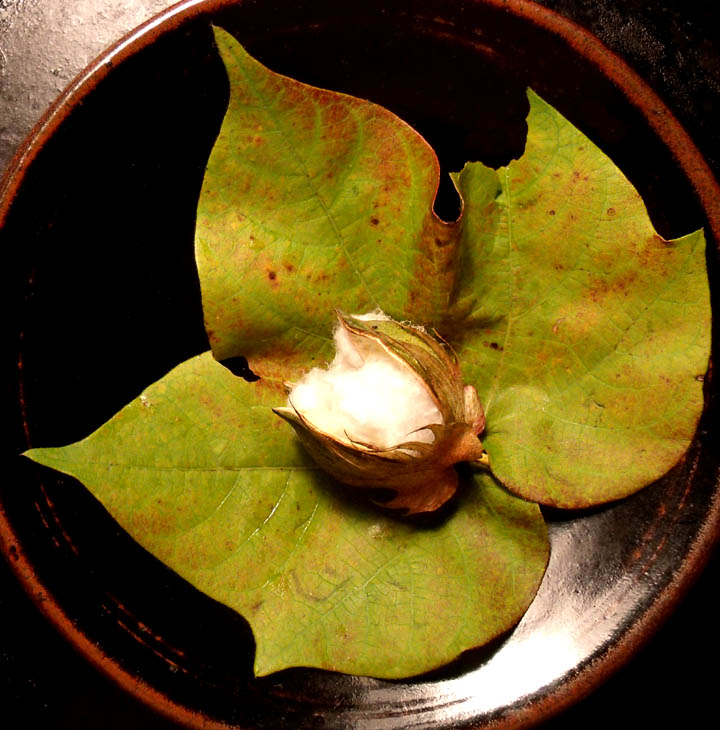Passers-By
Once watering some tomato transplants two men–one young, one old–paused while driving by and said that an injured puppy was in the street three blocks east. After assuring him the puppy would be taken care of, they thanked me and zoomed off leaving me stunned and puzzled; after all, why hadn’t they picked up the animal? I never looked real hard for the puppy, but took care of my tomatoes and hoped for the best, as I always do. My tomatoes failed (I never have been good with them), but I heard the puppy found a home. I took that as a lesson in priorities and sallied forth with my life; I really had no other option.
The garden I tend—I can’t call it my garden, since it doesn’t grow on my property—is on the corner of a busy intersection in an old neighborhood in Jackson, Mississippi. The traffic is comprised of people in automobiles, on bikes and on foot, though on the rare occasion a couple of kids on skateboards will rattle by. Though nobody on foot, running or walking has ever asked me for directions (nothing would astound me more) many people drive by seeking directions, the intended destination usually a nearby restaurant, a street in the neighborhood or (most often) “How in the hell do I get on I-55?”, in which case I point them down to Greymont and spare them most of the hilly East Fortification roller-coaster.
I often see the same people pass by in the garden, and we most usually greet, more because it’s more awkward not to say something than for any other reason, but I don’t know them; they don’t stop and say, “Hi, I’m So-and-so who lives on Such-and-Such”, and all they know about me is that I grow flowers. Some few greet me by name, which puts me at a great disadvantage which I mask with brave cordiality. “Hello!” I’ll say. “How are you?” The most common response is a vague wave, though I might get an over-the-shoulder “Great!” It boils down to is a question of identity, of barriers. Who are we to one another, and why?
I tend a garden on a city corner, and the world passes by, leaving me deep in marigolds and hoping the streetlights don’t fail.


